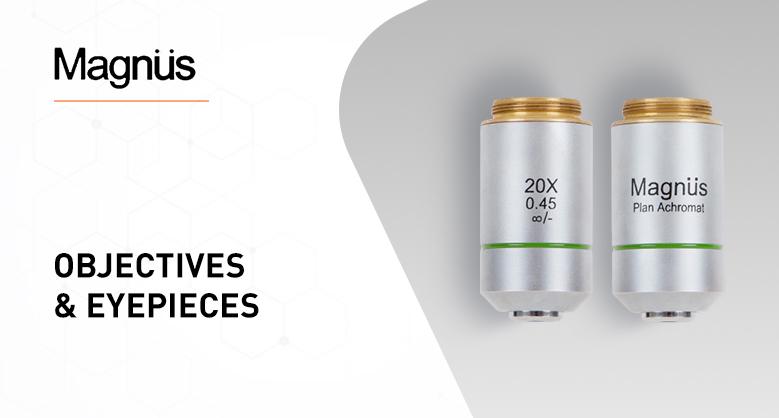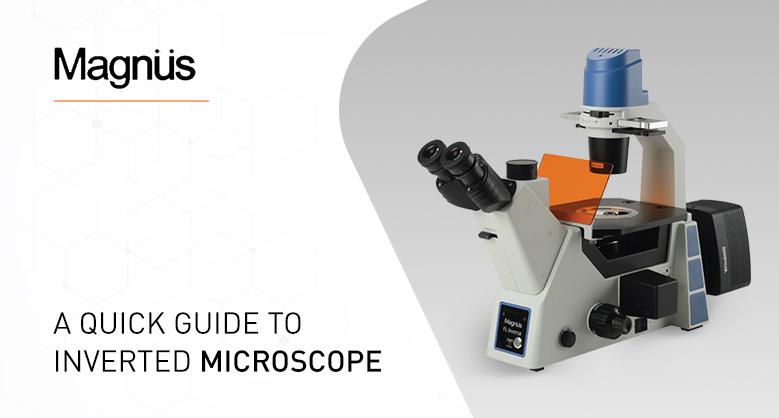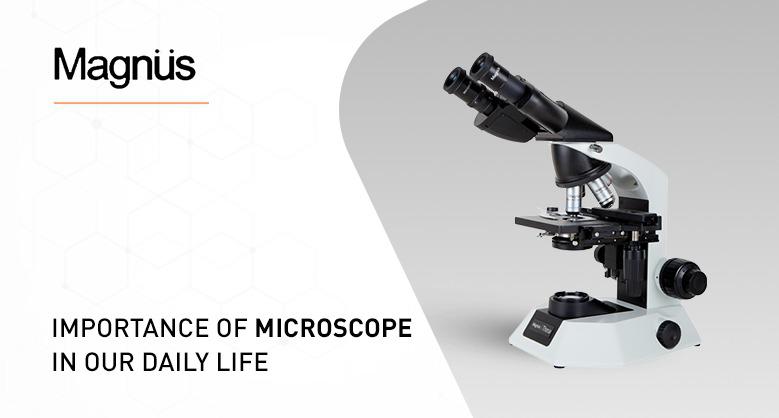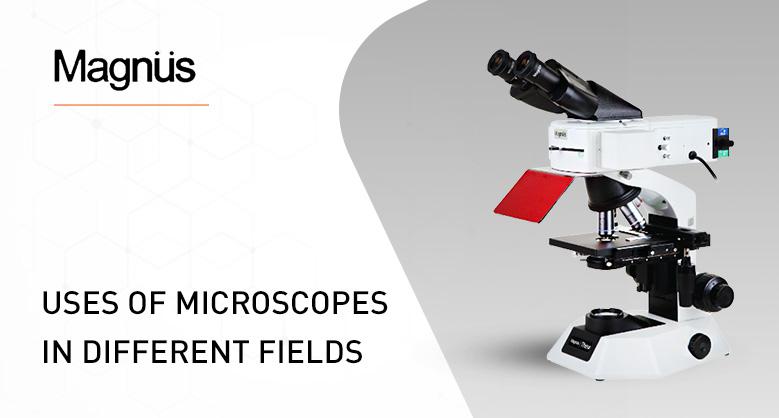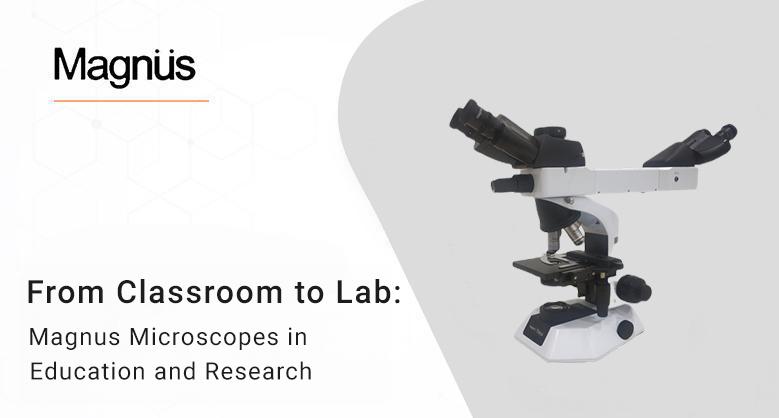Blog
Objectives and Eyepieces- How to select the right one for you.
There are many different types of objectives available for microscopes, but without a basic understanding of how they work, it can be difficult to know which ones are best suited to the specific needs you have. That's why this article takes you through the basics points to keep in mind ,so that you'll have a better idea of what type is right for your needs.
A Quick Guide to Inverted Microscope
Optical microscopes are broadly categorized into two types, upright and inverted, based on the positions of the light source and the objective. The basic difference between an inverted and an upright microscope are as follows:-
Importance of Microscope in our Daily Life
Microscopes have opened up many doors in science. By using Microscopes scientists, researchers and students were able to discover the existence of microorganisms, study the structure of cells and see the smallest parts of plants, animals and fungi.
Uses of Microscopes in different fields
We know that the major uses of the microscope are to view objects which are so tiny that they are invisible to the naked eye. There are various applications of these devices depending...
Definition of a Simple Microscope
A simple microscope works on the principle that when a tiny object is placed within its focus, a virtual, erect, and magnified image of the object is formed at the least distance of distinct vision from the eye held close to the lens.
Microscopes in Education: Enhancing Learning and Scientific Inquiry
A microscope serves as a magical tool, enabling scientists to magnify small objects. Some microscopes even allow scientists to observe objects at the cellular level, providing insights into the nucleus, mitochondria, and other organelles.
- Page Previous
- Page 1
- Page 2
- Page 3
- You're currently reading page 4




